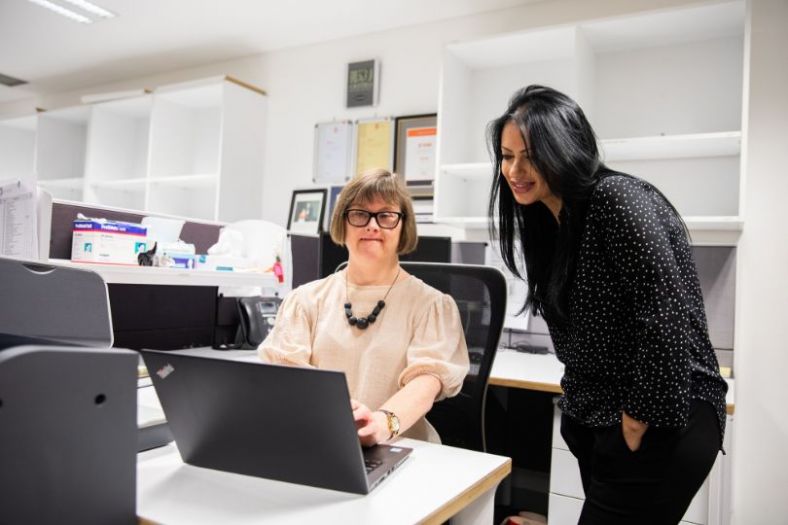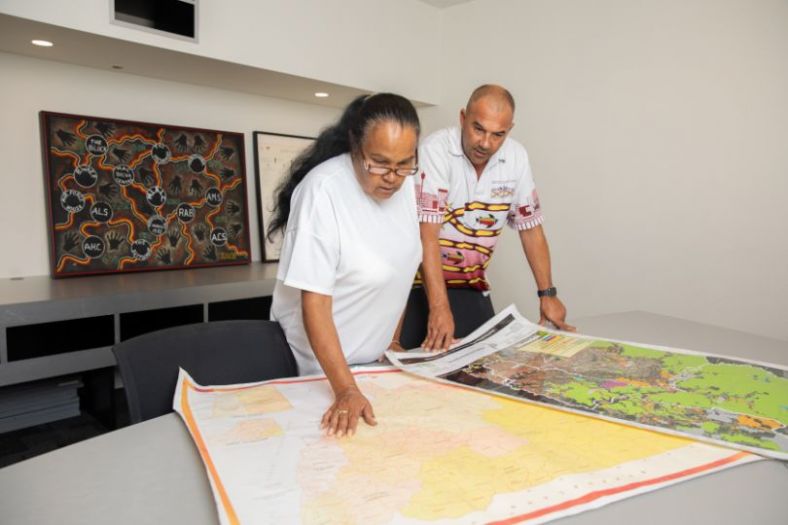Download or print
Request accessible format of this publication.

While diverse cohorts of women have a range of strengths to make valuable contributions to their families, communities and workplaces, many experience additional barriers to economic participation. Several cohorts of women in New South Wales continue to have lower levels of workforce participation due to a range of barriers91.
These include:
Women with low socio-economic status have among the lowest absolute rates of labour force participation of women in New South Wales.
Just 54 per cent of NSW women aged 15–64 with low socio-economic status were part of the labour force in 2019, compared to 63 per cent of men of the same age and socio-economic status93.
Educational attainment of Year 11 or below was also accompanied by very low labour force participation for women; just 57 per cent compared with 67 per cent for men who had achieved Year 11 or below94.
Employees with disability make a valuable contribution to businesses due to their diverse skills, talents and qualifications.
Research shows employees with disability have higher retention and attendance rates compared to those without disability95.
However, women aged 15–64 with disability in Australia had a lower rate of workforce participation (51 per cent) compared to both men with disability (56 per cent) and all women in Australia (71.6 per cent) in 201896.
While many women with disability express a strong desire to participate in the workforce, few believe there are many workplaces that could offer the flexibility required to meet their needs (for example, working hours and support workers)97.
Figure 17: Participation rates for people with a disability

“As Aboriginal women, we’re expected to support all our family, not just our kids. It can be tough sometimes.”
Focus group participant, commissioned research (March/April 2022)

Although there have been improvements in education outcomes nationally for First Nations women across primary, secondary and tertiary education, significant progress is still needed for parity to be achieved98.
First Nations women have a considerably lower workforce participation rate compared to all women.
The average workforce participation rate for First Nations women in New South Wales aged 15–64 was 62 per cent, compared to 73 per cent for all women in New South Wales in 201999.
First Nations women are more likely to be in part-time employment (23 per cent) than First Nations men (14 per cent). Generally, incomes are comparatively lower, and jobs for First Nations women are concentrated in the health, social assistance and manual labour sectors100.
First Nations women are impacted by many disadvantages due to the ongoing impacts of colonisation.
First Nations women continue to experience intergenerational trauma, lack of intergenerational wealth, lower home-ownership rates and opportunities, workplace discrimination, and racism.
First Nations women are also more likely to be carers and to provide care to multiple people, meaning the challenges experienced by carers are amplified for many First Nations women101.
First Nations people in New South Wales are less likely to be small-business owners compared to non-Indigenous people, with First Nations women more likely to experience barriers in accessing capital to start and grow businesses than non-Indigenous businesses102.
Figure 18: Participation rates for First Nations people

The average level of labour force participation for women aged 15–64 who speak a language other than English at home (66 per cent in 2019) is below the average for all NSW women aged 15–64 (73 per cent) and considerably below the 83 per cent rate for men who speak a language other than English at home103.
Women from culturally and linguistically diverse backgrounds experience many of the same issues that affect women from the broader population.
However, they may also experience particular challenges, especially when entering the workforce, including:
In 2016, one-quarter of NSW female small-business owners were from a non-English speaking background104.
Women’s motivations to start up an enterprise have been found to be quite different to men’s.
Women have been frequently found to engage in entrepreneurship out of necessity, rather than being driven to pursue a new market opportunity or novel business idea.
The necessity driver often stems from a desire to achieve a better work-family balance105.
Figure 19: Participation rates by language spoken at home

Request accessible format of this publication.